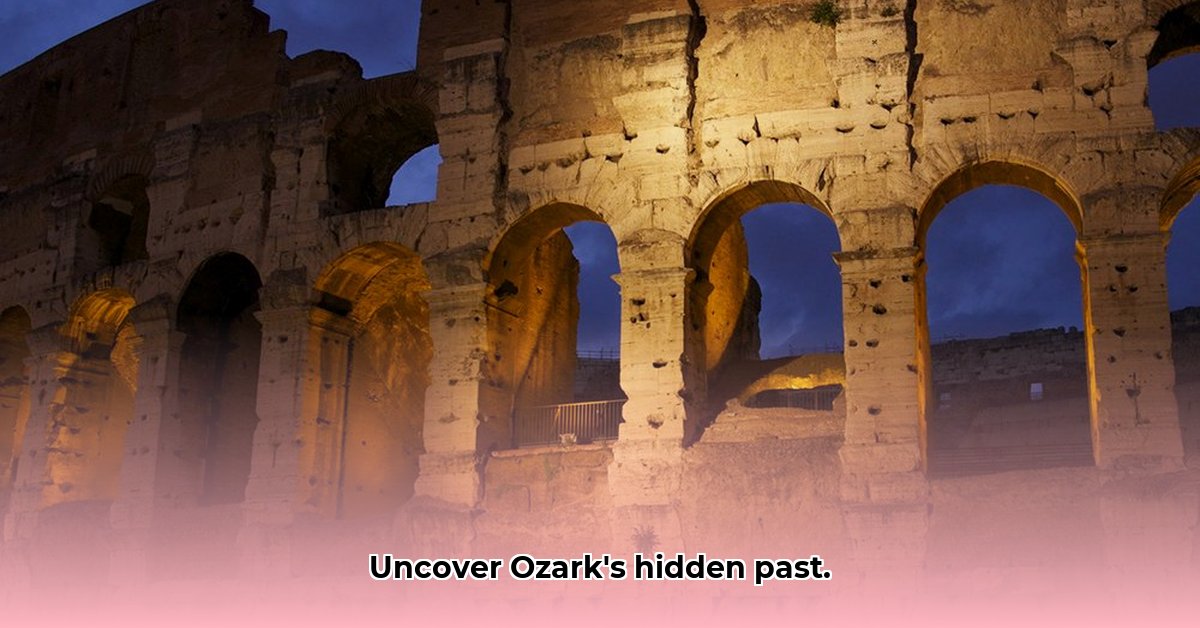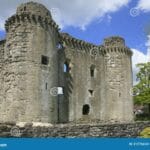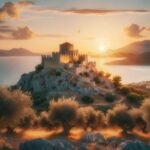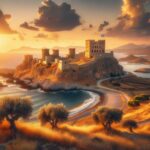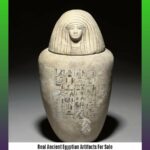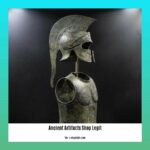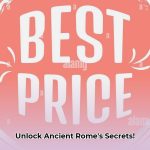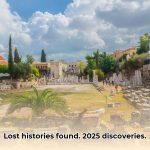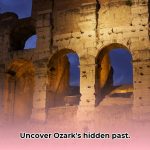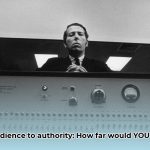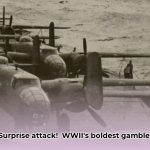The Ancient Ozarks Natural History Museum in Branson offers a compelling journey through the region’s history. From prehistoric creatures to Native American heritage and Civil War artifacts, the museum presents a multifaceted view of the Ozarks. However, like any historical institution, it has areas ripe for deeper exploration and improvement. For a glimpse into life in a different historical setting, check out this article on medieval castle life.
A Journey Through Time: Prehistoric Ozarks to the Civil War
The museum provides a chronological exploration of the Ozarks, showcasing its diverse past. Visitors can explore exhibits on prehistoric life, Native American culture, westward expansion, and the Civil War.
Here’s a breakdown of what you can expect:
- Diverse Exhibits: Discover a wide range of artifacts and displays spanning thousands of years.
- Chronological Order: The museum’s layout allows visitors to follow the historical timeline of the Ozarks.
- Potential for Growth: While extensive, the museum could benefit from enhanced contextualization, interactive elements, and community engagement.
Echoes of the Ice Age: Prehistoric Giants of the Ozarks
One of the most impressive sections of the museum focuses on the prehistoric era. Life-sized models and dioramas bring the Ice Age Ozarks to life, featuring creatures like woolly mammoths, saber-toothed cats, and giant ground sloths. Seeing these massive animals is a truly awe-inspiring experience. However, to enhance the educational value, the museum could include more detailed information on the paleontology of the region. Providing insights into the scientific discoveries and research methods used to understand these ancient creatures would add depth to the exhibit.
Honoring the Osage Nation: A Legacy of the Ozarks
The museum dedicates a significant portion of its exhibits to the Osage Nation, the indigenous people who have called the Ozarks home for centuries. Artifacts, artwork, and historical accounts offer a glimpse into their rich culture and traditions. The museum could significantly enhance this section by collaborating directly with Osage tribal members and scholars. Incorporating their voices and perspectives would ensure an accurate and respectful portrayal of Osage history and culture. How can museums work in partnership with indigenous communities to tell their stories authentically?
The Crossroads of Conflict: Westward Expansion and the Civil War
The museum also explores the eras of westward expansion and the Civil War, highlighting their impact on the Ozarks region. Exhibits showcase artifacts from battles fought in the area, as well as stories of the people who lived through these turbulent times. Providing more in-depth analysis of the social and political context of these periods would significantly enrich the visitor experience. Exploring the complex motivations and perspectives of different groups involved would create a more nuanced and engaging narrative.
Weighing the Experience: Strengths and Opportunities
| Strength | Weakness |
|---|---|
| Impressive collection of artifacts | Limited interactive elements and hands-on activities |
| Clear chronological narrative | Scope for more in-depth analysis and contextualization |
| Wide scope, covering diverse historical periods | Potential for unbalanced representation of certain cultures; depth can vary |
| Excellent starting point for learning about Ozark history | Opportunities to enhance accessibility for visitors with diverse needs |
Enhancing Engagement: Interactive Exhibits and Expert Insights
To elevate the visitor experience, the museum could incorporate more interactive elements. Touchscreen displays, virtual reality experiences, and guided tours led by Ozark history experts could provide deeper engagement and understanding. Ensuring accessibility for visitors with diverse needs is also crucial. The museum can utilize audio descriptions, tactile exhibits, and multilingual signage to enhance inclusivity.
A Worthwhile Journey: Recommendations for Improvement
The Ancient Ozarks Natural History Museum is a valuable resource for learning about the history of the region. By prioritizing scholarly accuracy, community engagement, and enhanced visitor experiences, the museum can continue to inspire and educate generations to come. It is a worthwhile visit, but like any institution, it has the potential to evolve and improve. Ongoing research, collaboration with local communities, and a commitment to inclusivity will ensure that the museum remains a vital cultural asset. How do museums balance the need for entertainment with the responsibility of historical accuracy and cultural sensitivity?
Delving Deeper: Authenticity and Accessibility
Key Considerations:
- The museum’s vast collection raises questions about long-term preservation and accessibility.
- Verifying artifact authenticity requires continuous research and expert analysis.
- Balancing historical accuracy with engaging storytelling is essential for a compelling museum experience.
Determining the authenticity of historical artifacts involves a multi-faceted approach. Radiocarbon dating, microscopic analysis, and provenance research are just some of the techniques used to verify the age and origin of objects. By prioritizing these authentication processes, the museum can build trust with visitors and ensure the integrity of its exhibits.
Cultural Sensitivity: Representing the Osage Nation
Key Considerations:
- A significant portion of the museum’s collection relates to the Osage Nation.
- The museum’s chronological layout requires thoughtful contextualization to avoid misinterpretations.
- Ethical considerations are paramount when displaying Native American artifacts and cultural heritage.
To respectfully represent the Osage Nation, the museum should foster ongoing partnerships with tribal members and cultural experts. Creating collaborative exhibits, incorporating oral histories, and showcasing contemporary Osage art and culture would ensure a more authentic and engaging experience. This collaborative approach is essential for promoting understanding and respect for the Osage Nation’s rich heritage. How can museums effectively collaborate with indigenous communities to ensure accurate and ethical representation of their cultures?
Engaging the Senses: Diorama Design and Education
Key Considerations:
- High-quality dioramas and artifacts are central to the visitor experience.
- Enhancing the educational impact through improved contextualization and interactive elements is crucial.
- Ongoing research is needed to assess visitor engagement and inform future exhibit development.
The museum’s strength lies in its ability to transport visitors back in time through immersive dioramas and captivating exhibits. Enhancing these exhibits with interactive elements, such as touch screen displays and augmented reality experiences, can further engage visitors and create a more memorable learning experience. What innovative techniques can museums use to bring history to life and connect with audiences on a deeper level?
- Discover the best books on ancient Roman history: Expert recommendations for all levels - August 6, 2025
- Why is the Sky Blue? The Simple Answer: Atmospheric Optics Revealed - August 6, 2025
- Unlock Ancient History Books: New Discoveries, 2025 - August 6, 2025
